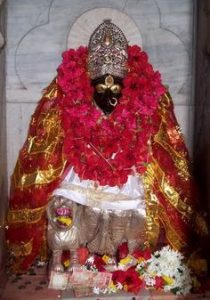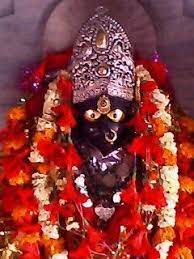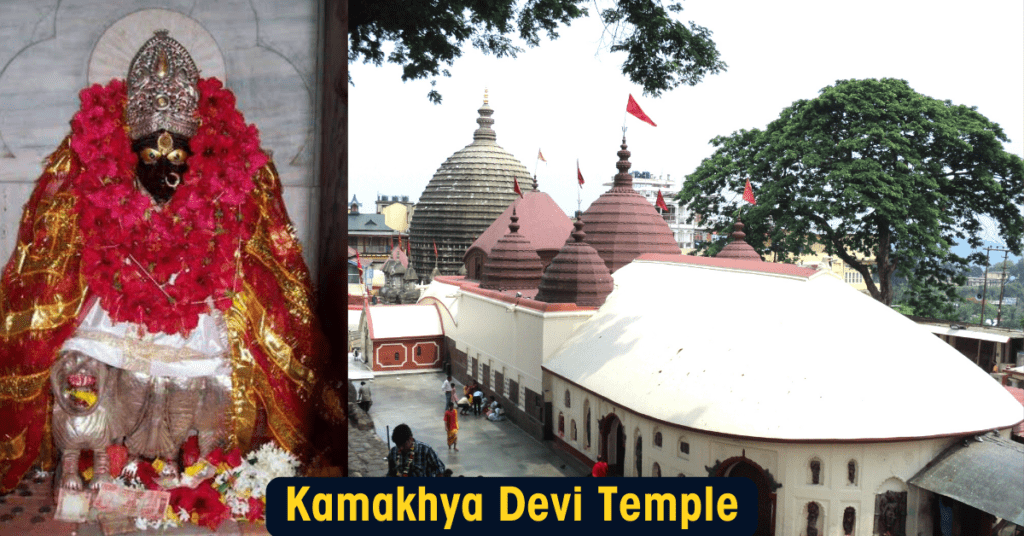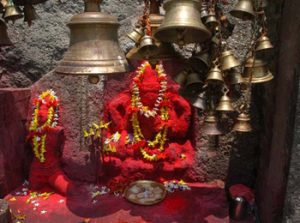Temples, Temples In Assam
Kamakhya Devi Temple:History,Belief and mystery,mythology,
Maa Kamakhya or Kameswari, is the renowned Goddess of Desire. Her famous shrine is located in the heart of Nilachala Hill, situated in the western part of Guwahati, the Capital City of Asom in North East India. Maa Kamakhya Devalaya is considered the most sacred and oldest of the 51 Shakti Peethas. It is the centerpiece of India’s widely practiced, powerful Tantrik Shaktism cult.
A shaktipeeth, which has Devi Sati’s womb.
India has 52 Shaktipeeths (some data believe it to be 108 shaktipeeth), and one of them is Kamakhya Temple at Guwahati, Assam.
This temple is located in the Nilachal Hills of Guwahati city. The temple is considered to be the landmark of the city.
Why is it a Shaktipeeth?
Devi Sati was the daughter of Daksh-Prajapati, and despite him not agreeing to her marriage with Bhagwan Shiva, she got married. After this, he organized a Yagna, in which he insulted Shiva (who was not even present in the Yagna) in front of Sati. When sati could not handle the insult anymore, she flew into a rave and burned herself. After this incident, the horrific destruction continued, and Shiva went into grief, carrying Sati’s body, and roamed around the world. According to sources, Bhagwan Vishnu, Shiva would destroy the world, and therefore he cut Sati’s body into 51 pieces (some days 108 pieces) with his Sudarshan Chakra. The body parts fell into different places on earth; each part was a manifestation of the deity Adi Shakti, which later became Shaktieeth.
The mythology behind the temple/
It is believed during Shiva tandav, after the demise of Sati, her womb fell into this place. It is considered one of four primary Shaktipeeths. According to the yogini tantra, a latter work, Kamakhya devi is associated with Maa Kali and emphasizes the creative symbolism of Yoni.
History of the temple
This temple is considered one of the oldest temples in India and one of the four primary Shaktipeeths. It is believed to be built during Mleccha Dynasty during the 8th-9th century. Kamarupa kings highly followed Tantrism during those times. In Tibet, several Buddhist Professors were known to belong to Kamakhya. Though the temple was destroyed during Hussein Sha’s invasion, it was reconstructed in 1565, during the reign of the Koch Dynasty, the founder, Vishwasingha’s son.
The architecture of the temple
The temple structure is beautifully hemispherical and has four chambers aligned from East to west. The four chambers are,
• Garbhagriha,
Garbhagriha is below the ground level, dark without any light, and uneven stairs, with holy water that every devotee touches. A sheet of stone slopes downwards and is in the shape of a Vulva-shaped depression filled with water from an underground perennial spring which is worshipped as Devi Kamakhya.
• The other three chambers are Calantha, Pancharatna, and Nata mandir. Calantha is a square-shaped chamber of catchall type with movable idols of gods and goddesses and inscriptions carved into the surfaces.
Panchratna is a large rectangular construction having a flat roof.
Natamandir is a structure having an apsidal end and ridged roof of the Ranghar type Ahom style.
The share over the Garbhagriha has a Pancharatha Plan. Garbhagriha, the main sanctum, has sunken panels with beautiful sculptures of Ganesh and other Hindu gods.The temple complex includes small temples denoting the ten Mahavidyas of Sikhism.
Belief and mystery / kamakhya temple story
The temple’s uniqueness is that during the month of Ashadh, that is, June, Devi kamakhya menstruates, and the Bramhaputra river that flows beside the temple turns red. While some believe it to be scientific, others believe it to be divine and miraculous. The temple remains closed during this time, and after those three days, the goddess is bathed, and normal activities get resumed. This is when the famous temple festival, Ambubachi Mela, takes place, and thousands of visitors visit the place.
The temple is also believed to be the most revered center of Tantric Practices; as per Kalika Purana, Kamakhya devi is the yielder of desire, the young bride of Shiva, and the giver of Salvation. Tantra is basic to worship Devi Kamakhya.
Festivals are celebrated at the temple.
Alongside regular Puja and Prayers, the temple celebrates all the Devi Pooja, like Navratri, Durga Puja, etc. other than this, some famous occasions celebrated at the temple are Ambubachi Mela and Manasha Puja.
kamakhya temple photos
kamakhya Devi photos


How to reach the temple?
The best season to visit the temple is between October to March.
By Air, Guwahati Airport is the nearest airport.
By Railway, the nearest railway station is Guwahati Railway station.
One can take a Cab, Taxi, or bus to the temple by road.
Timings
The temple timings are 5:30 to 1 pm and 2:30 pm to 5:30 pm.
Generally, entry is free. For VIP Darshan, the charge is Rs 500/- and for Defence Personnel, it’s Rs 50/-
The live darshan facility is currently not available at the temple.
Contacts
Address – Kamakhya Temple, Kamakhya Mandir Road, Khetri, Guhawati Assam. 782403.
Contact – 90858 02446, 0361 273 4624
Email – Kamrup dc_kamrup@assam.nic.in
Website – www.kamakhyatemoke.org




I really loved this post. I recently visited the temple and like you enjoyed the experience
We are happy to hear from you and glad that you find our blog useful
Its a very well written article. Thank you for sharing such an amazing experience with us.:)
Thanks so much for sharing your experience with us.
Thankyou. Glad you liked it
I’m visiting the temple today and your write up helped a lot. Thanks
We are happy to hear from you and glad that you find our blog useful
Thankyou. I am glad you liked it
what is the pooja timings in the temple
Kamakhya Devi Temple Timings.
Monday to Sunday
Morning :05:30 AM to 01:00 PM
evening 05:30 AM to 01:00 PM
If u ever visit Guwahati, dont miss a chance to visit Kamakhya temple
whats the cost of Special Entry Darshan
General Entry Free, VIP Darshan INR 500/-, Defence Personnel INR 50/-
I recentely visited, Awesome experience. Well maintained and organized temple. Clean environment.
Where is Kamakhya Temple is situated?
Lokpriya Gopinath Bordoloi International Airport, also known as Guwahati International Airport, is the closest airport to Kamakhya Temple
When Kamakhya Temple is closed?
Kamakhya temple opens daily at 7.00 AM and closes at 4.30 PM.
29Aguesto যাম । ভাল পুজাৰী এজনক লাগে ।
very good mondir
thanks for the comment
I am from mumbai can we visit and which month we can visit thank you 🙏
I am from mumbai can we visit in which month thank you